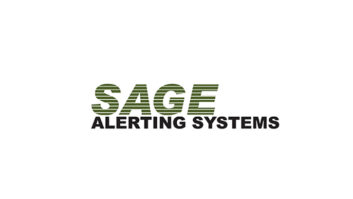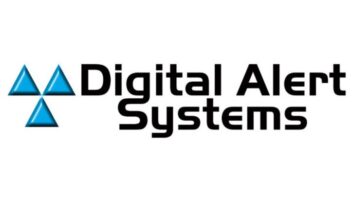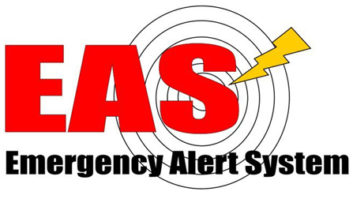When Sage Alerting Systems announced last year it would no longer produce its 3644 ENDEC Emergency Alert System encoder, the National Association of Broadcasters and other EAS stakeholders took notice. The model, in production since 2008, was a popular choice for radio stations.
NAB’s petition to the FCC to expedite a transition to software-based EAS specifically mentioned Sage’s prominence in the EAS ecosystem and its decision to stop production of the encoder. Several commenters on the petition pointed to Sage’s move as a basis for why the FCC should accelerate its review and launch a rulemaking.
“NAB highlights the risks broadcasters face, now that only one EAS device vendor that produces the required ENDEC device remains,” said Cox Media Group in its comments.
Another commenter called the Sage decision a red flag. “Apparently it is no longer profitable for small manufacturers to build and support a very unique system with a small customer base.”
According to Sage, the decision to halt production of the Sage 3644 stemmed from a difficulty to acquire parts to build new units. The company continues to offer hardware repair, user support and software updates; it said it has plenty of parts on hand to continue to repair legacy encoders.
Price discusses company’s outlook
Harold Price, president of Sage Alerting Systems, said the company is actively working towards a more sustainable future that includes simplifying hardware requirements and potentially eliminating them entirely. “The goal is to more fully integrate EAS into the broadcast environment, not relegating it to the periphery, as had been common since Sage’s first EAS product in 1996,” he said.
We followed up with Price to learn more. He replied by email:
Radio World: What do current users need to know about Sage support?
Harold Price: We continue to offer support via phone and email. We will continue to provide software updates as needed, for example, our free update for the new Missing and Endangered Persons event code and some other improvements will be out in the coming weeks. We also provide hardware repair for the model 3644 ENDEC.
RW: How long do you expect to be able to provide parts and support for the 3644?
Price: We have parts on hand for end-of-life components for several years, based on past repair rates. Not all repairs involve these parts, of course. We intend to continue to support software in the 3644 as long as it is needed.
RW: Sage supports NAB’s petition. Describe this shifting landscape from hardware to software solutions.
Price: The reality is that the broadcast industry will continue to require its technical staff to accomplish more with fewer resources. This trend is driving a need to reduce integration complexities, including wiring, the overall number of hardware boxes, analog/digital format conversions and protocol compatibility.
Software-based Portable People Meters are often mentioned as a recent success in removing the need for a standalone hardware device. PPM algorithms are integrated into existing audio manipulation devices. An EAS encoder/decoder is more complex. It includes handling data from legacy EAS FSK data, FEMA CAP servers, local alert origination and selection filtering and FCC requirements, but the overall concept is the same.
The industry has been asking for an option for EAS virtualization for several years. The recent NAB petition is a reflection of the increased pressure to modernize the Part 11 rules to permit virtualization and to allow for co-hosting EAS with other broadcast elements within devices like audio processors, playout systems and transmitters. EAS might run in a hardware card; a virtual machine or container in a server; or in a small standalone unit. There are other considerations, such as cybersecurity and compliance with the various EAS protocols. This is not something that requires years of study, the issues are known.
It is time to expand the options beyond the current regulations.
[Read more coverage of the comments about this issue, pro and con.]
RW: In your comments to the FCC, Sage says it would bring software EAS products to market if the FCC makes changes to the rules. Can you predict a timeline to market?
Price: Yes, if the FCC changes the rules to permit EAS virtualization, we would bring a product to market quickly. Several use cases would require collaboration with non-EAS equipment manufacturers — we expect they would allocate development resources once rules changes are in progress.
We also realize that some stations prefer the existing standalone approach. It is possible that Sage would develop simplified hardware to meet those needs.





